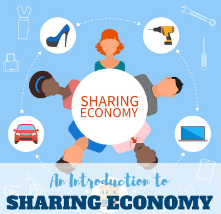2 Bach. Circular Ecónomy Business Model
What is the circular economy?
The circular economy is oriented to nature as its role model. In essence, the concept of the circular economy aims to keep raw materials in a closed loop.
Why a circular economy is the future?The transition to a circular economy is likely to move faster than previous transformations. It has political support, for example, the EU aims to transition to a circular economy to make Europe cleaner and more competitive.
Five key circular business models
Circular inputs #1
Sharing economy concept #2
Born-circulars maximise how idle assets are used across a community while providing customers with affordable and convenient access to products and services. This also includes sharing industrial assets like a conveyor belt, forklift, machinery and warehouses.
Product as a service #3
The customer purchases a service for a limited time while the provider maintains ownership of the product and remains incentivized for the product’s ongoing maintenance, durability, upgrade, and treatment at the end of its use.
Product use extension #4
The born-circular designs their products for repairability, upgradability, reusability, ease of disassembly, reconditioning, and recyclability of all components.
Resource recovery #5
Resource recovery focuses on the end stages of the usage cycle, namely the recovery of embedded materials, energy, and resources from products at the end of use that is no longer functional in their current application










Comments
Post a Comment